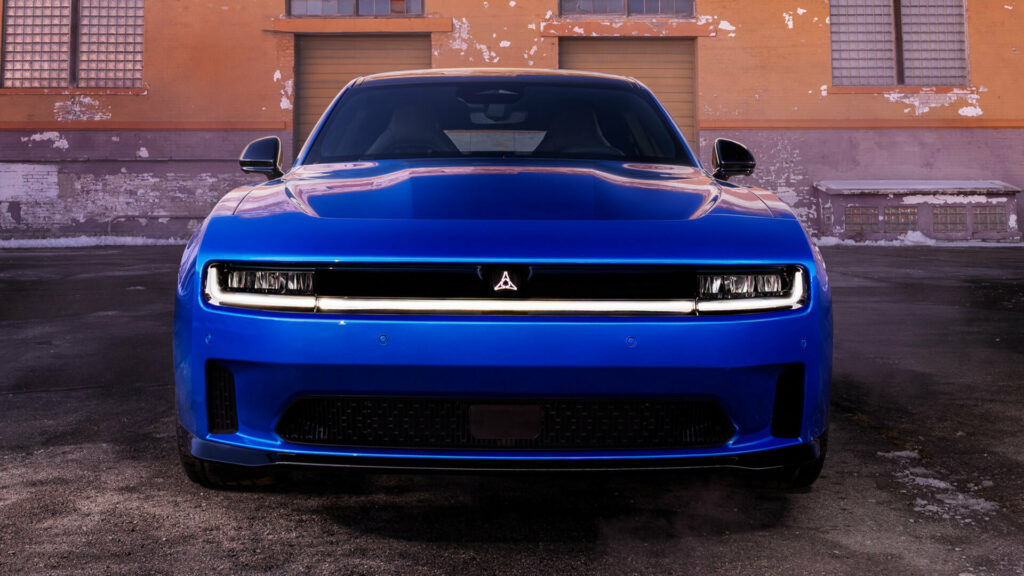New Battery Tech

Stellantis and Factorial are making waves in the auto industry with their latest breakthrough in solid-state battery technology. They’ve successfully validated automotive-sized battery cells boasting an impressive 375 Wh/kg energy density. What does that mean for the average car enthusiast? Simply put, it signals a leap forward in electric vehicle efficiency and performance.
Charge Time

One of the standout features of these new solid-state cells is their charging speed. The batteries can juice up from a 15% to 90% charge in just 18 minutes, demonstrating a significant reduction in charging time compared to current lithium-ion batteries. For anyone who’s ever been stuck waiting at a charging station, this advancement will be a game-changer.
Durability and Performance

The 77Ah FEST (Factorial Electrolyte System Technology) cells, which have been validated over 600 cycles, demonstrate promising durability. These cells can deliver high power output with discharge rates up to 4C, which is particularly beneficial for meeting the demanding performance specifications of modern electric vehicles.
Prototype Plans
By 2026, Dodge Charger Daytona prototypes will be equipped with these state-of-the-art solid-state batteries. The automotive world is buzzing with anticipation over how these new batteries will enhance driving dynamics and efficiency without compromising the storied performance that enthusiasts have come to expect from the Charger.
Driving Experience
How do these solid-state batteries change the driving experience? Initially, the reduced charging time combined with their ability to operate in temperatures ranging from -22°F to 113°F offers drivers more reliability across various climates. Compared to traditional EV systems, this is quite a shift. These batteries promise the possibility of lighter and more compact configurations that could lead to nimbler handling and quicker acceleration.
Final Notes
Comments from industry leaders underline the significance of this achievement. Ned Curic, Stellantis’ Chief Engineering and Technology Officer, emphasized their commitment to pushing the boundaries of battery efficiency, ultimately aiming to cut costs for consumers. Similarly, Factorial Energy CEO Siyu Huang highlighted the balancing act of optimizing energy density, cycle life, and safety, which they seem to have achieved with this new technology.
In summary, the Stellantis and Factorial solid-state batteries aren’t just about small incremental improvements; they’re paving the way toward a future where electric vehicles could become the new normal in American garages everywhere. The impact on daily life could be substantial, not just in performance but in convenience and efficiency. It’s definitely something to keep an eye on as the release date approaches.
GWM Enters V8 Market
Range Rover Redefined
Buick's Future Vision
Canada Eyes Global Cars
Geely's New SUV Reveal